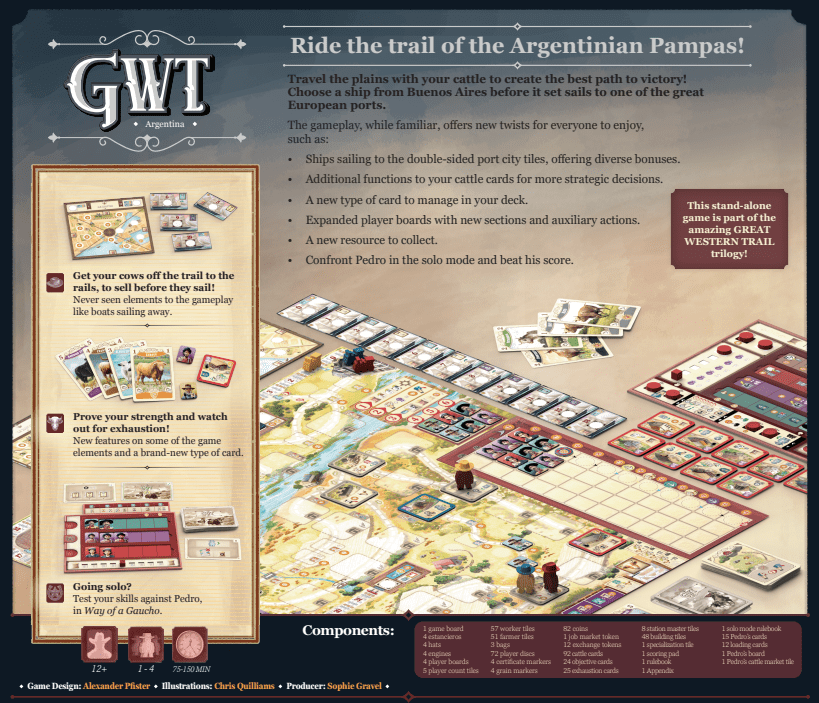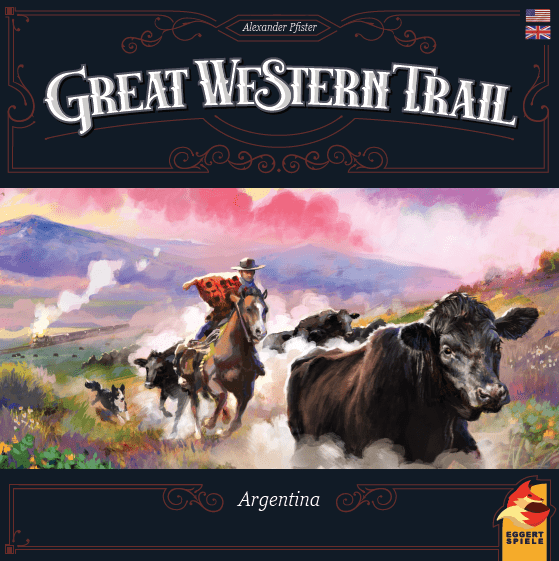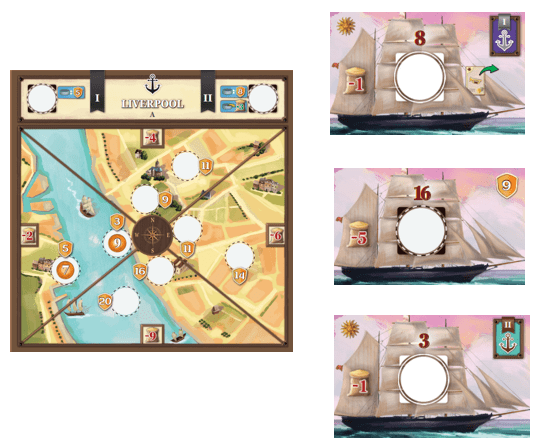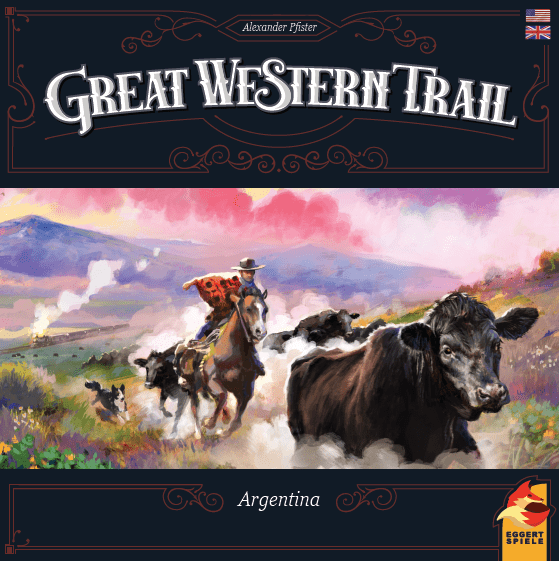Overview
Welcome to the sprawling world of Great Western Trail: Argentina where cowhands and commerce collide. In this review, we’ll delve into the essence of innovation that defines this robust board game. Ready your herds and sharpen your strategy; we’re riding out to explore the rich tapestry of mechanics that Great Western Trail: Argentina unfurls for its players.
How It Plays
Setting up
In Great Western Trail: Argentina, players begin by preparing the substantial game board, placing workers, buildings, and animals according to the instructions. Players receive starting resources and select their starting positions on the trail, poised to drive their cattle to market.
Gameplay
Players take turns moving along the trail, performing actions such as constructing buildings, acquiring new cattle, and engaging with markets. As they go, their personal strategy must adapt to others’ moves, creating an ever-shifting landscape of choices and challenges.
Winning the game
Victory is determined at the end of the trail, with the most successful cattle drive reaping the highest rewards. Players tally their points from delivered herds, buildings, and objectives completed. The one with the most impressive portfolio of points at game’s end is declared the ultimate rancher.
Want to know more? Read our extensive strategy guide for Great Western Trail: Argentina.
Mastering the Argentinian Plains
In Great Western Trail: Argentina, the finesse within resource management stands paramount. Indeed, strategizing around the versatile utilization of your cattle, gauchos, and farm extensions turn an average rancher into a veritable mogul. Firstly, knowing when to trade and when to hold onto your livestock aligns with watching the market like a hawk. This not only aids in augmenting your victory points but shapes your monetary foundation.
Building Economics & Adaptability
Additionally, the game offers a new mechanic of extending your farm with different building options. Each development must align with your burgeoning strategy, requiring a delicate balance between foresight and flexibility. Such an enlightened approach ensures a more robust economic engine, a necessity to power through the competition.
Shrewd Allocation In A Dynamic Market
Moreover, the dynamic market requires shrewd allocation of resources—any lapses in judgement can set you back several turns. Resource management isn’t just about gathering; it’s about synchronization to the cadence of Argentine trade. Transitioning eloquently into player interaction dynamics is crucial, just as harnessing these resource management strategies is pivotal to claim victory under the South American sun.

Engaging Crossroads in Player Interaction
Examining Great Western Trail: Argentina inevitably leads us to the compelling crossroads of player interaction. Firstly, Competitive Cooperation sits at the forefront. Here, while each player manages their cattle and builds their own enterprise, the shared actions like trading with the same towns pull players into an intricate dance of competitive cooperation. Use town buildings wisely; they could aid opponents just as much as yourself.
Robust Duels of Strategy
Next, the game stirs a concoction of tension and tactics through Railroad Rivalry. Placing stations to access distant Argentine locations turns interactions fierce as players jostle for prime real estate on the tracks. This rivalry further deepens strategic depth, anchoring a dynamic play experience.
With interaction delved into, our next transport is towards the riveting realms of Gameplay Length and Pacing.

Mastering Time on the Trail
In our Great Western Trail: Argentina Review, understanding the game’s rhythm is essential for corralling a win. Initially, players might feel time moving at a cattle’s leisurely stroll. But plan wisely; as your strategy deepens, so will the briskness of the gameplay.
Strike a Balance
The dynamics intertwine elegantly – players must constantly assess their speed. Dense turns filled with tactical decisions can happen in a flash, so pace yourself. Rapid rounds foster an addictive cadence that fans of strategy-heavy board games will revel in.
Enduring the Long Haul
And yet, while brisk, the game doesn’t rush you. The clever pacing upholds engagement during its potentially lengthy sessions. Engrossed players will barely notice hours slipping by like landscapes on a trail drive.
If you’re yearning for a deeply satisfying game that respects your time, Great Western Trail: Argentina is a resounding yes in my book.

Conclusion
In wrapping up this review, Great Western Trail: Argentina stands out for its complex resource management strategies, tense player interactions, and finely tuned gameplay length and pacing. The game creates rich and rewarding experiences that nail the essence of what a strategically engaging board game should offer. Whether corralling cattle or outmaneuvering fellow players in the bustling market squares, the blend of mechanics fosters a profoundly social and competitive experience, both compelling and satisfying. For those who relish in managing resources, savoring player dynamics, and enjoy a well-paced strategic journey, this ode to the Argentina trail is a journey worth venturing on. I emphatically lay down my recommendation for Great Western Trail: Argentina – it’s a game that certainly deserves a spot on your shelf.


